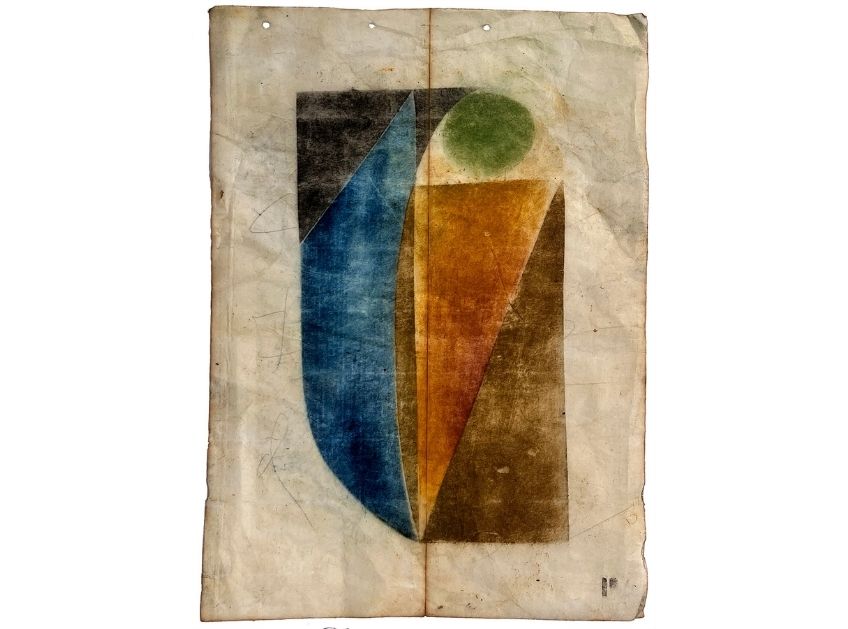FALL 2024
The Art of Being Well
Exploring the transformative power of creativity.

Caverna Umbra No. 2 Artwork and photo credit: Corey Pressman
IN HIS 1947 essay “On Fairy Stories,” JRR Tolkien offers a spiritual perspective on making art. If human beings are crafted in the likeness of divinity and the central act of divine power is creation, then, he reasons, it is our birthright to also create worlds of our own—to be “sub-creators.” Tolkien’s theology situates art at the center of human existence. It is our gist.
A golden thread runs between Tolkien’s theology and recent proclamations of scientists and philosophers alike. Discussions about human creativity from neuroaesthetics (see, for example Your Brain on Art: How the Arts Transform Us by Susan Magsamen and Ivy Ross) and from contemporary philosophers such as Byung-Chul Han (see his book Saving Beauty) point in the same direction. So do the archaeologists, evolutionary biologists, and prehistorians. Our creativity is written into our genes; it springs directly from both our neocortex and our souls. It is as old as our genus. From cave art to Mozart, we have been human sub-creators all along.
Making art doesn’t just make us human; it also makes us well. It connects us to our vitality and grace, it (re)connects us to our emotions, it recruits cognition and curiosity while orienting our attention to beauty, awe, and the present. In this way, creating and encountering art is a powerful and accessible pathway to elevating public health. I apply this both as a visual artist and as an instructor in University of Portland’s Public Health and Wellness program, where creativity as compassion is at the center of the work.
Art can be difficult, but the benefits outweigh the effort. I cannot call to mind a more human way to address the causes of suffering in the twenty-first century.
COREY S. PRESSMAN is an artist, writer, and teacher. He is a member/owner of Portland’s Blackfish Gallery and is faculty in the Public Health and Wellness program at University of Portland.